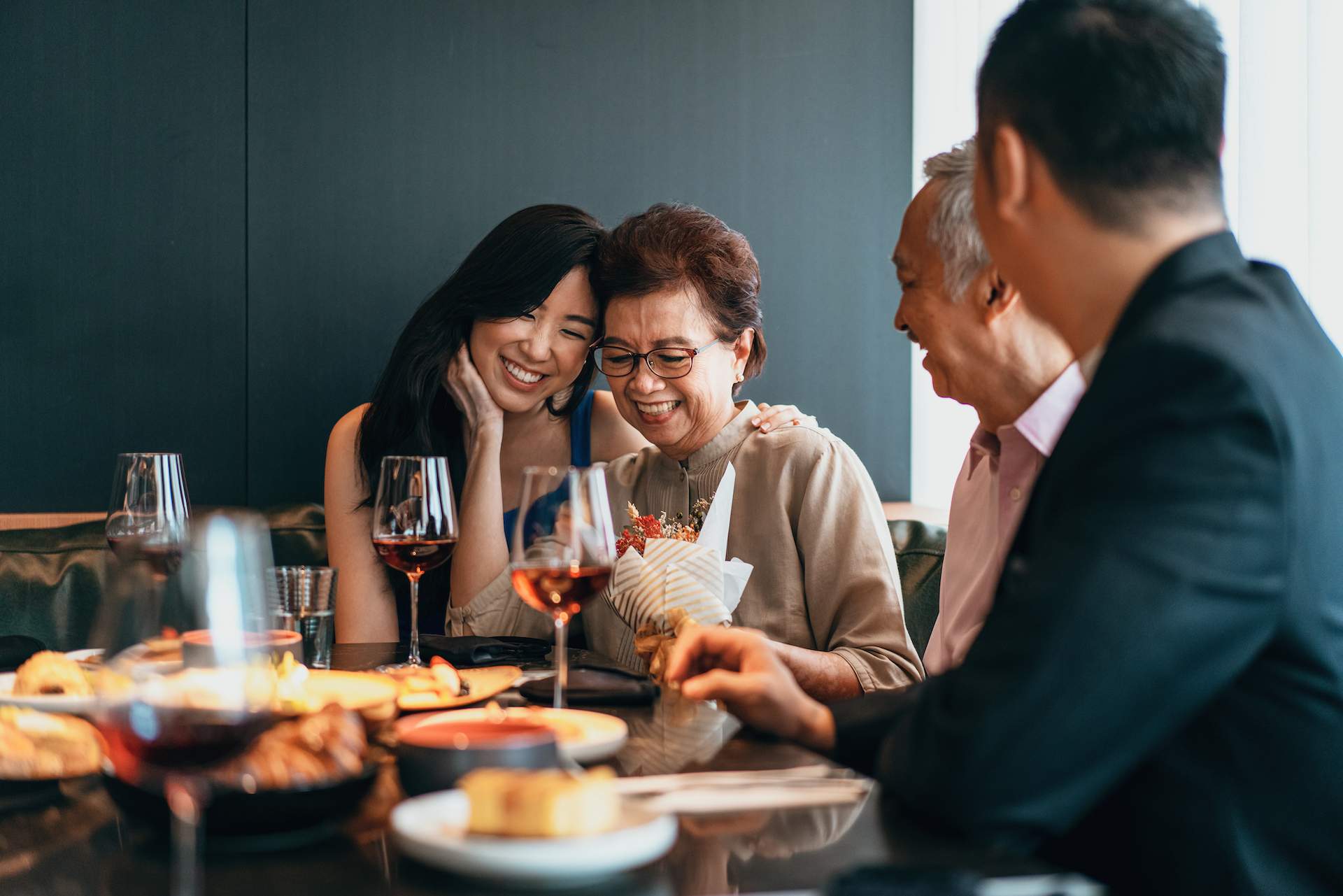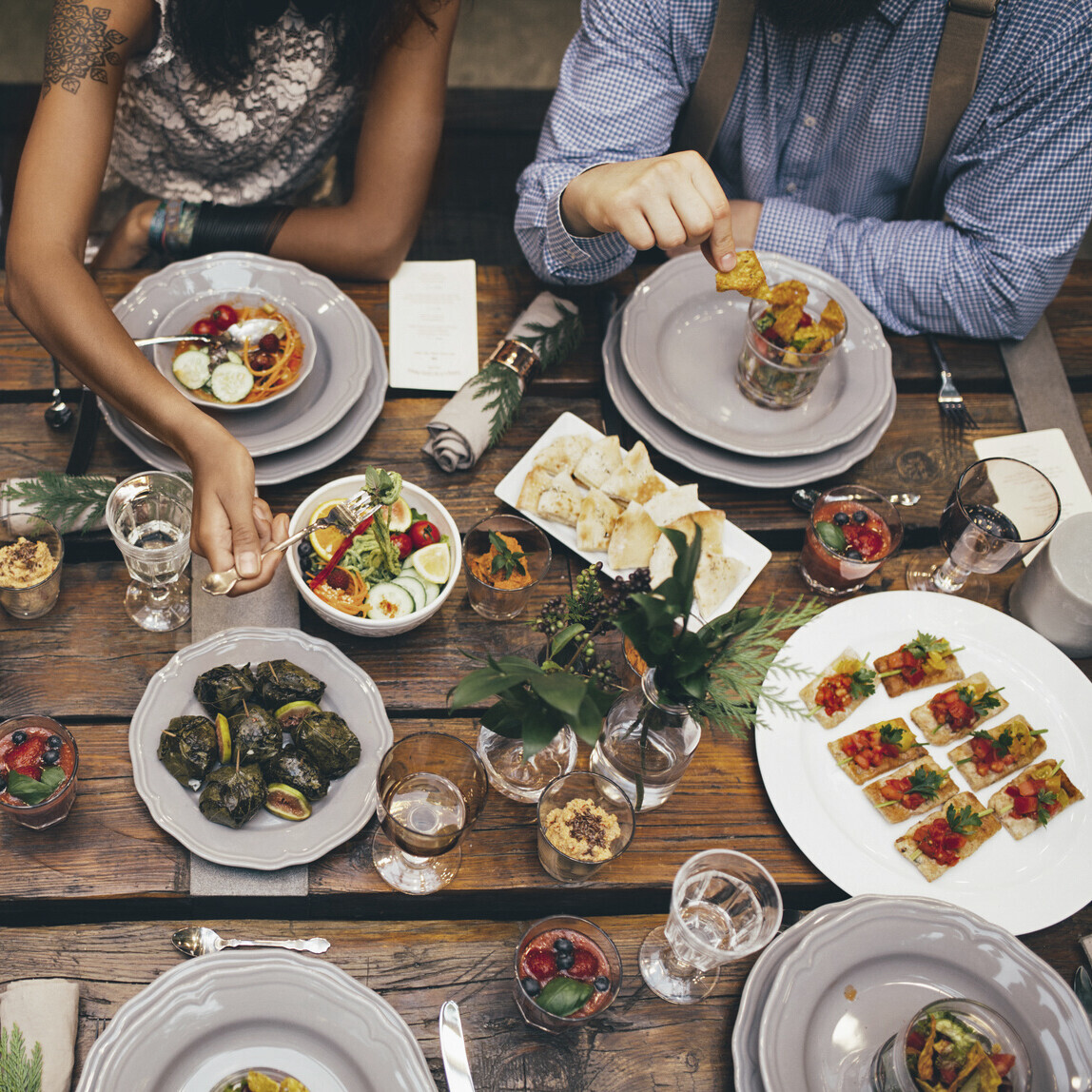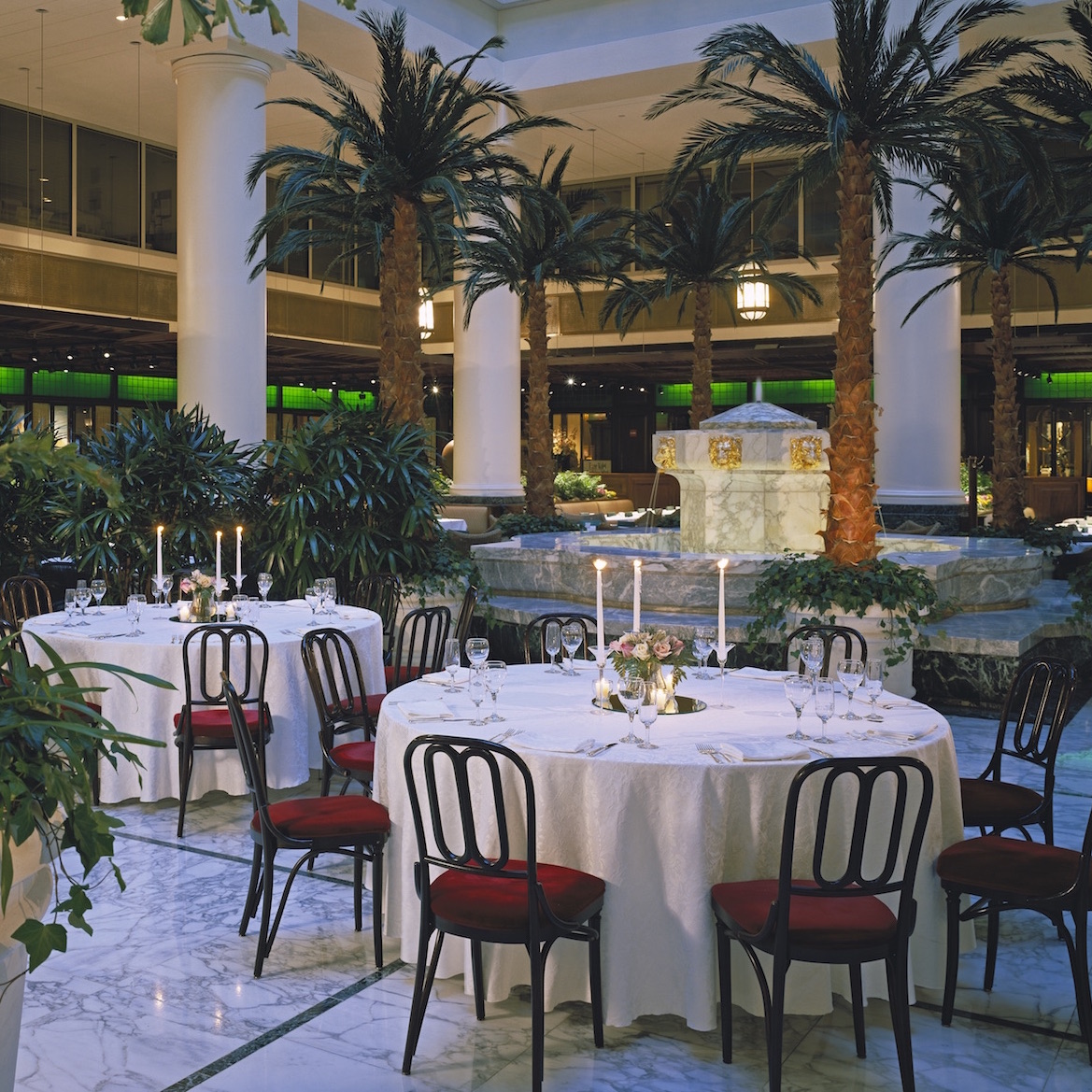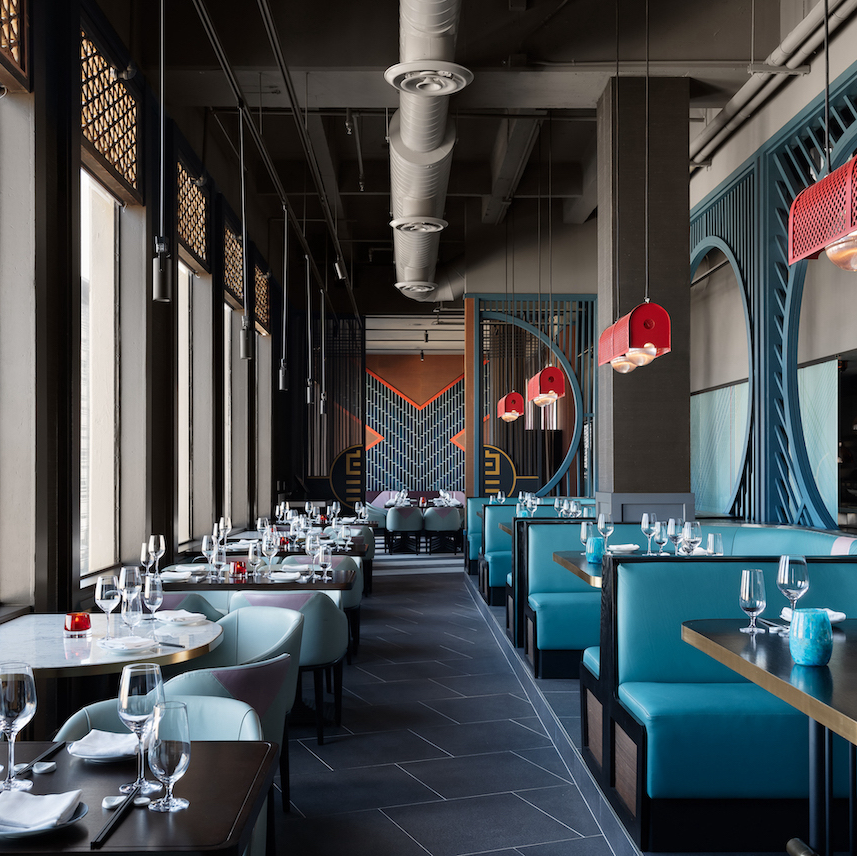Private dining events are on the rise and donning a new look. Groups of friends and family are now booking events at the same rate as corporate event planners. And spaces have transformed from secluded back rooms. They now take shape as tasteful cocktail hours or engagement parties in the dining room corner. Sometimes, as cooking lessons inside the kitchen itself.
Demand for private events is growing. More than 61% of respondents to a Tripleseat survey said they plan to host more than three events this year. At least 40% of these will take place in restaurants. And 36% of these events will host fewer than 20 guests according to Tripleseat data. The boom is benefiting restaurants. Some have reported that private dining now represents 30% of their revenue.
This is an excellent opportunity to boost revenue through a challenging economic climate. Event hosts understand the need to pay a deposit upfront. That means restaurants can guarantee that attendees will show up. Consistent event bookings means a more predictable cash flow. And event booking takes place months in advance, giving restaurants adequate time to plan.
If your restaurant is not currently offering private dining events, it may be missing the opportunity to grow revenue, get more butts in seats, and attract new guests. It’s time to consider all the positives that come with private dining.
Set the stage
The first decision is picking the location for private dining events. For many restaurants, a lack of space has turned them off from private dining. But events can still work without a spare room or minimal square footage. Think about how every option might work for your restaurant before you dismiss private dining.
Private dining rooms
If your restaurant came equipped with a private dining room, it’s likely events are already the norm. But, there’s always room to use other spaces for more private events.
Look at the big picture for revenue potential. Consider maxing out your space by running many types of events. Overlapping events can be many different sizes, in various areas. Given the demand for small groups, think about sectioning the private room into multiple dining spaces. Another option is to offer one of the options below alongside the main private dining room.
Semi-private spaces
To create a venue with minimal construction, section off a space by using a curtain or flex wall. The restaurant can add in extra space between tables to create an illusion of a private space. Simple decor, such as plants or string lights, can also help designate the space. Using this flexible approach allows restaurants to host events whenever demand is there. It also means that if there isn’t a scheduled event, you can still maximize occupancy.
Restaurant buyouts
Don’t be afraid to rent out the entire restaurant for private events. This is a huge opportunity, especially if your space is on the smaller side. Before making that decision, take the time to do the math. Understand how to price the buyout to make it worth closing the restaurant for a night. You can also start small. Offering restaurant rentals before or after dinner rushes is a great way to get a feel for this.
Buyouts appeal to parties of all types as they give guests the entire place to themselves. And they’re willing to pay a premium for that experience. Guests visiting the restaurant for the first time will leave with a splendid first impression, likely to return again.
Unexpected spaces
The crown jewel of event spaces is the kitchen. Although it won’t be the right fit for every type of event, it’s perfect for unique experiences. For certain guests, an intimate dinner at the chef’s table provides an action-filled, priceless experience. It also gives them the opportunity to chat with the cooks and create a lasting bond with the restaurant. Think about converting any other available spaces. Backyards, prep spaces, lounges, or other under-used areas can make for memorable event spaces.
Many restaurants will find success by mixing and matching their space options. Event hosts appreciate choices, especially from one venue. And different events need different settings. You’ll appeal to a wider range of guests if your restaurant can host a variety of events.
Share private dining details
Marketing is key in the early stages of a private dining program. Help guests discover it by adding the information to your website. Include private dining as an option on the restaurants’ Google Business Profile and other profiles. Take new photos and detail all options for event planners. Create an announcement for the restaurants’ social media. These tasks tell guests what you’re doing and makes it easy for them to find you.
Check to see if the restaurants’ reservations platform has private dining features. Platforms like OpenTable have a private dining solution. They also integrate with event management software Tripleseat. Combining the two can simplify private dining by keeping guest information in one place.
Be sure to over communicate with guests. People search for bar packages, a dance floor, and number of bathrooms in particular, according to Tripleseat. Mention those amenities specifically if you have them.
Spread the word
Use personalized guest experiences to make your private dining stand out. Track guest data through the restaurant reservation system to plan strategic marketing campaigns. Reservation tools that host private dining can also generate new leads by showing guests what your restaurant offers.
Notable dates are a great opportunity to reach out to guests. Consider sending a private dining email announcement ahead of guests’ birthdays, for example. Birthdays are the top planned event for guests, with 63% of respondents planning to host a private event for the occasion, according to Tripleseat.
Anniversaries are another great opportunity to launch personalized, automated email campaigns. And remember to contact guests that booked tables for large parties in the past. They’re likely interested in booking a private event in the future.
Plan your marketing campaigns ahead of the holiday season. This is a prime time for private dining. Keep in mind that 65% of events are booked one to six months in advance (40% within one and three months, 25% between three and six months), according to Tripleseat. Plan the marketing calendar accordingly. Start thinking about Thanksgiving around Mother’s Day, and vice versa. It’s never too early to start planning for private events.
Private dining gives restaurants a chance to bond with new and loyal guests by delivering an unforgettable dining experience. When you integrate an event management platform into your existing reservation tools to manage logistics, private events become a seamless experience for all. It can help to communicate with guests and staff, process payments and deposits, and give insight into event performance.
With a solid strategy and the right tools in place, private dining events can help drive success and take your restaurant to the next level.




